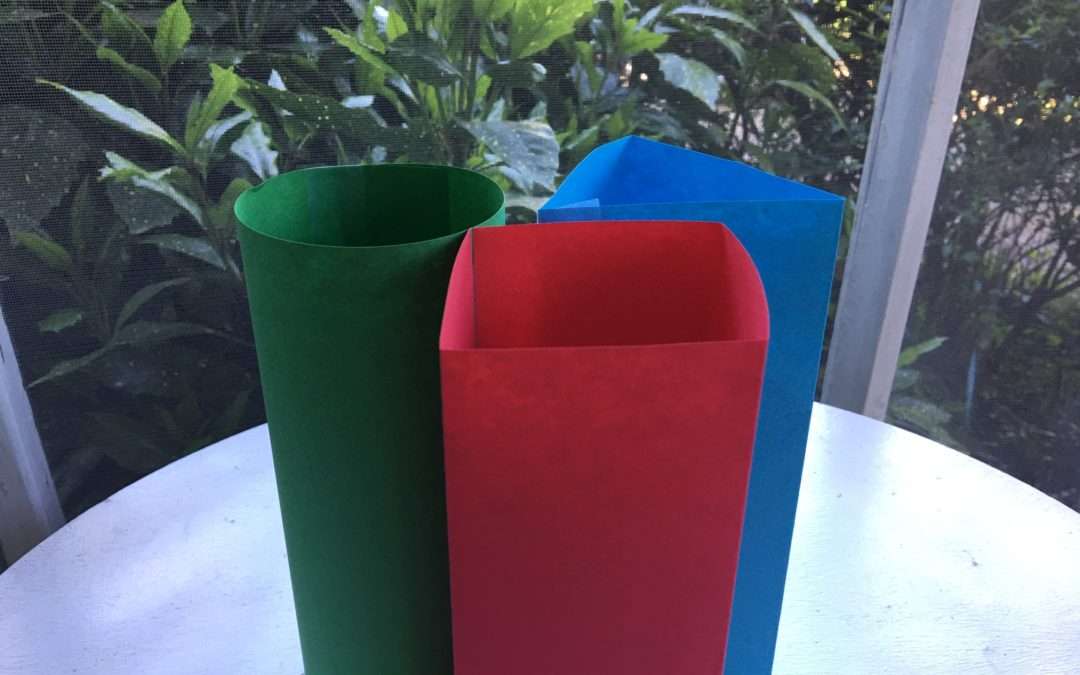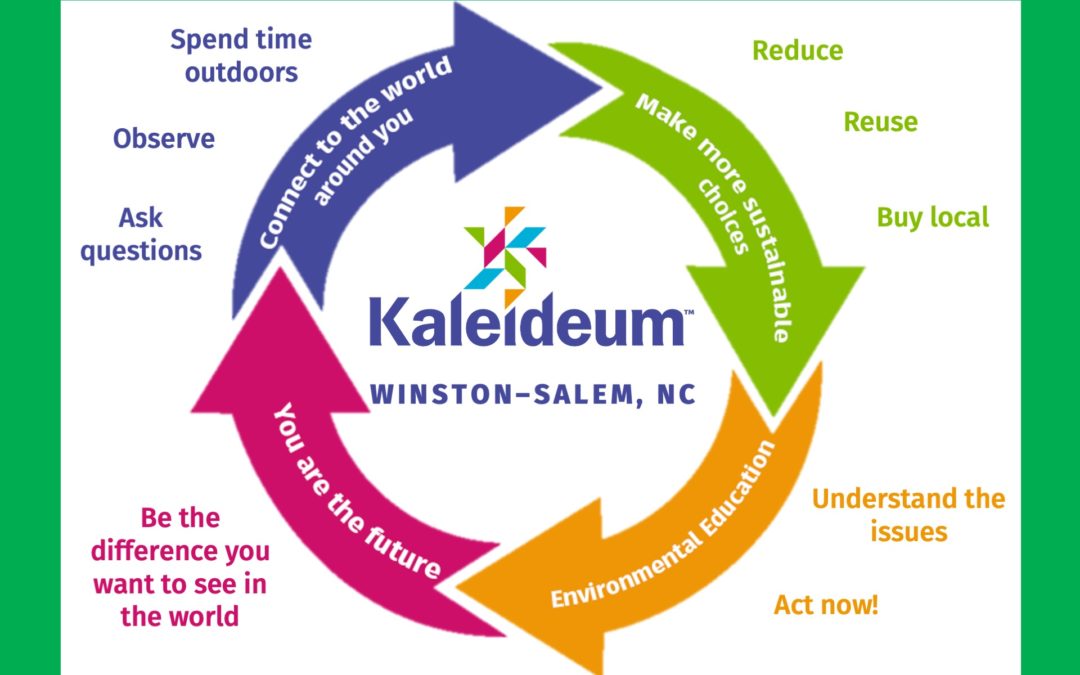

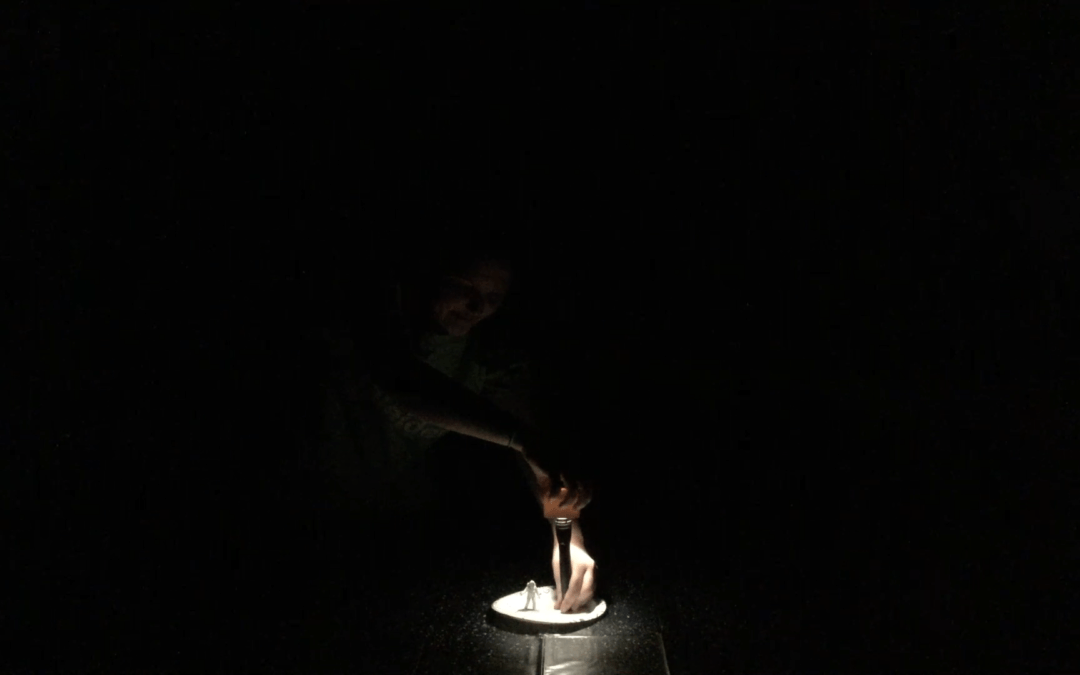
Light Pollution and the Lyrids Meteor Shower
In this Kaleideum At Home video, we explain light pollution. Light pollution is excessive, misdirected, or obtrusive artificial (usually outdoor) light. Too much light pollution washes out starlight in the night sky, interferes with astronomical research, disrupts...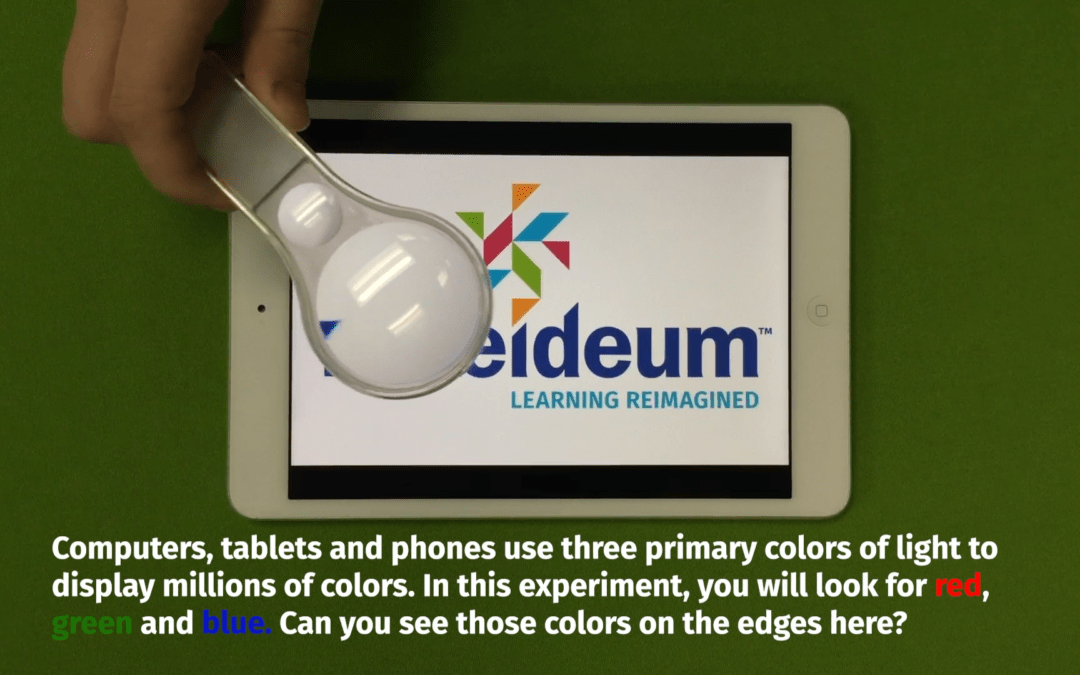
Three Color Light Experiment
Did you know that in light, the primary colors are red, green, and blue? It doesn’t work the same way as paint colors do. When you mix yellow and blue light, the result is white; when you mix red and green, it makes white; and when you mix blue and red, it makes...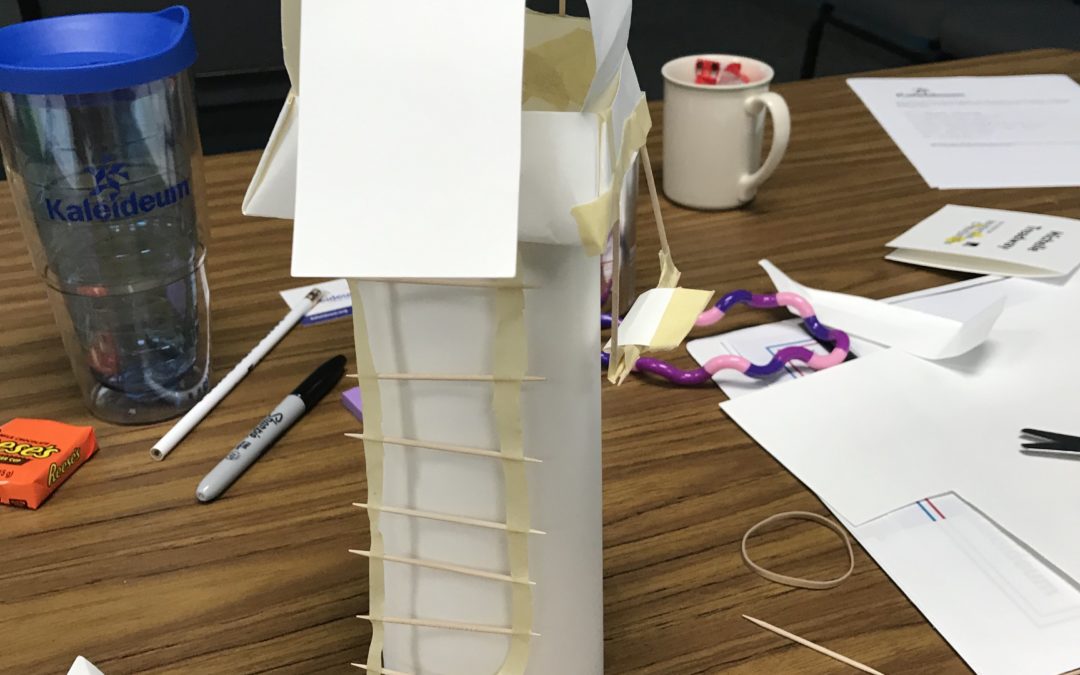
Engineering Challenge!
Back in February (which seems like eons ago) and with special thanks to Collins Aerospace, Kaleideum had a great time facilitating this Invention Convention Worldwide activity. We thought we would share as it’s a fun challenge for a cloudy, chilly day! ...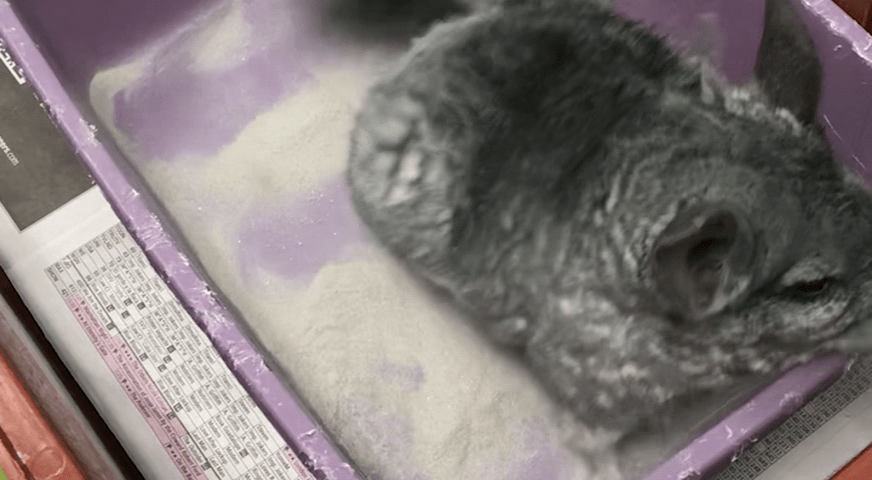
Meet Matchu the Chinchilla
Chinchillas are crepuscular rodents (meaning they are ‘nocturnal’ mammals who are highly active from dusk to dawn) that are native to the Andes Mountains of northern Chile. Prized for their soft fur, they take dust baths as a way of self-cleaning their...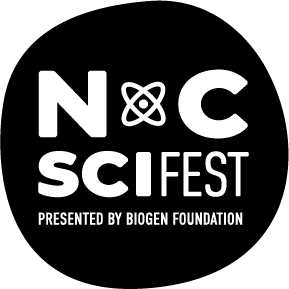
Celebrate Science with These Two Kaleideum At Home Videos
The North Carolina Science Festival is a month-long celebration of science in North Carolina, from April 1-30. The goal of NC SciFest is to help spread science education through exciting, educational and fun, hands-on science events.
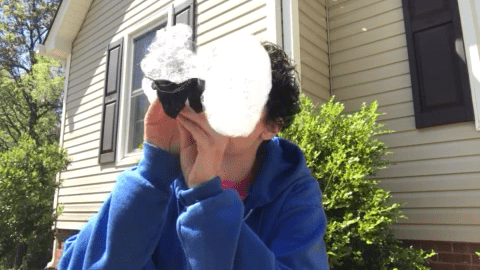
Backyard Bubble Snake
Bubbles are an entertaining way to spend an afternoon, but have you ever made a bubble snake? All you need are a few household materials, and you can make a bunch of bubble snakes to float around in your back yard! Materials: Empty bottle Shallow bowl Tape or a rubber...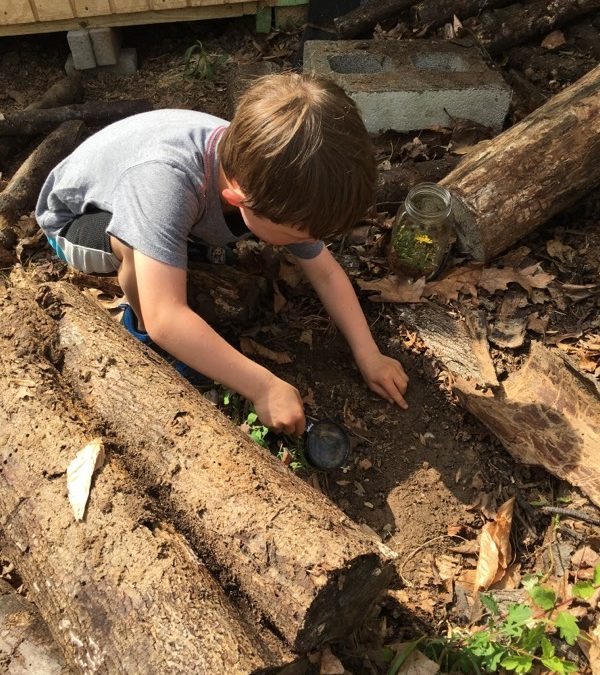
Bug Hunt and Habitat
April is the month of NC SciFest, and these sunny days are a great time for a little outdoor exploring! Materials needed: Container for habitat (mason jar, plastic container, etc,) Magnifying glass (optional,) Paper and drawing supplies (optional) Steps: Before you...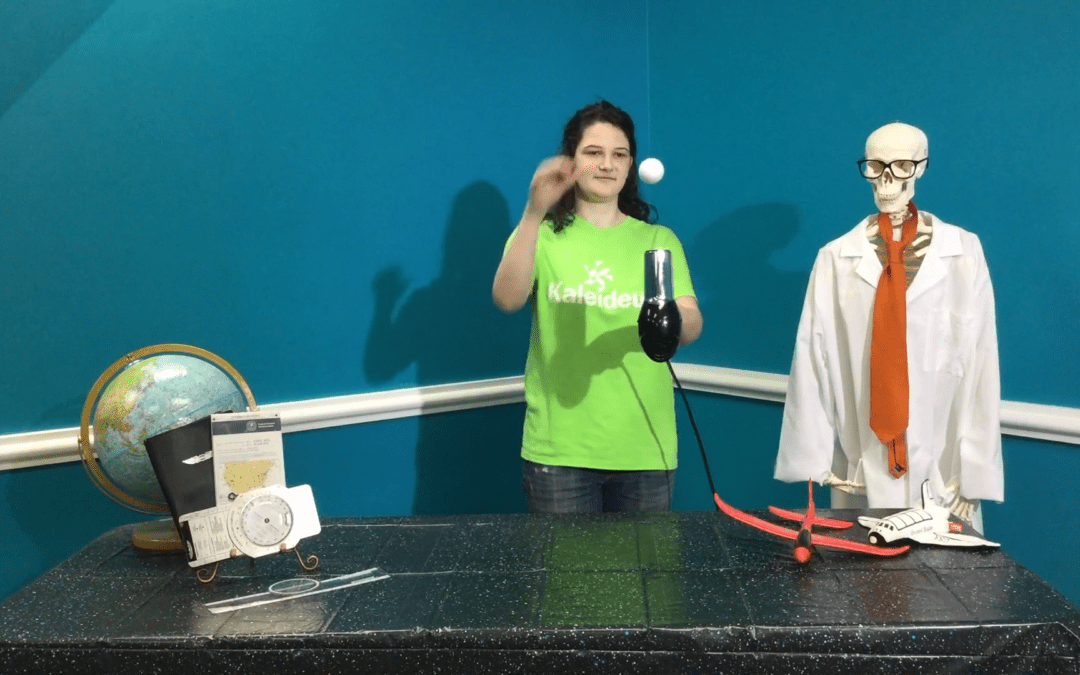
The Bernoulli Principle
In this Kaleideum At Home activity, we show how the floating styrofoam ball demonstrates Bernoulli’s Principle. Bernoulli was an 18th-century Swiss mathematician who discovered that the faster air flows over the surface of something, the less the air pushes on that...